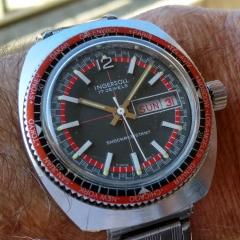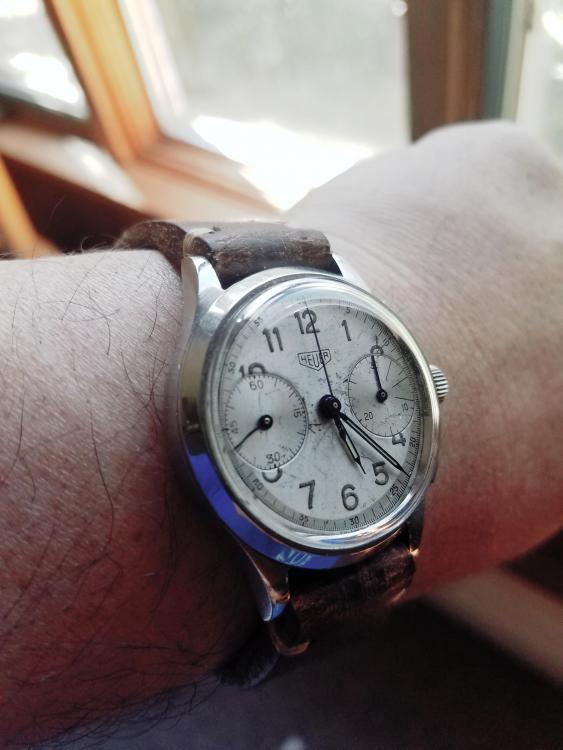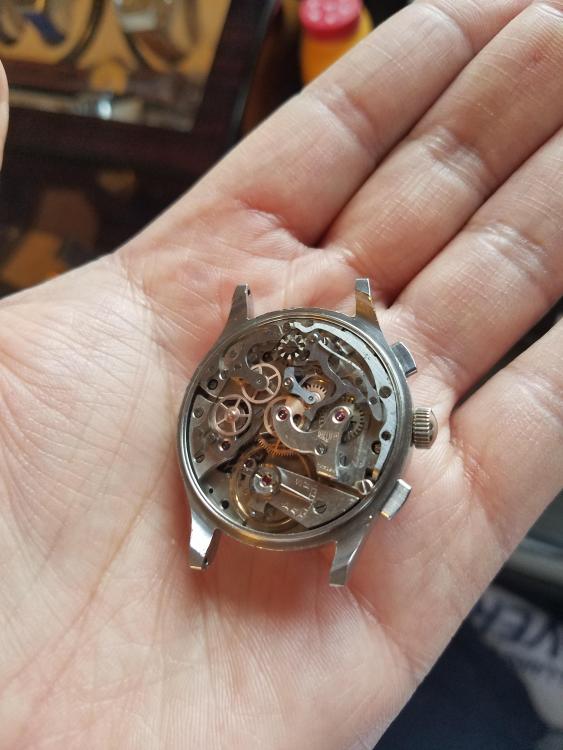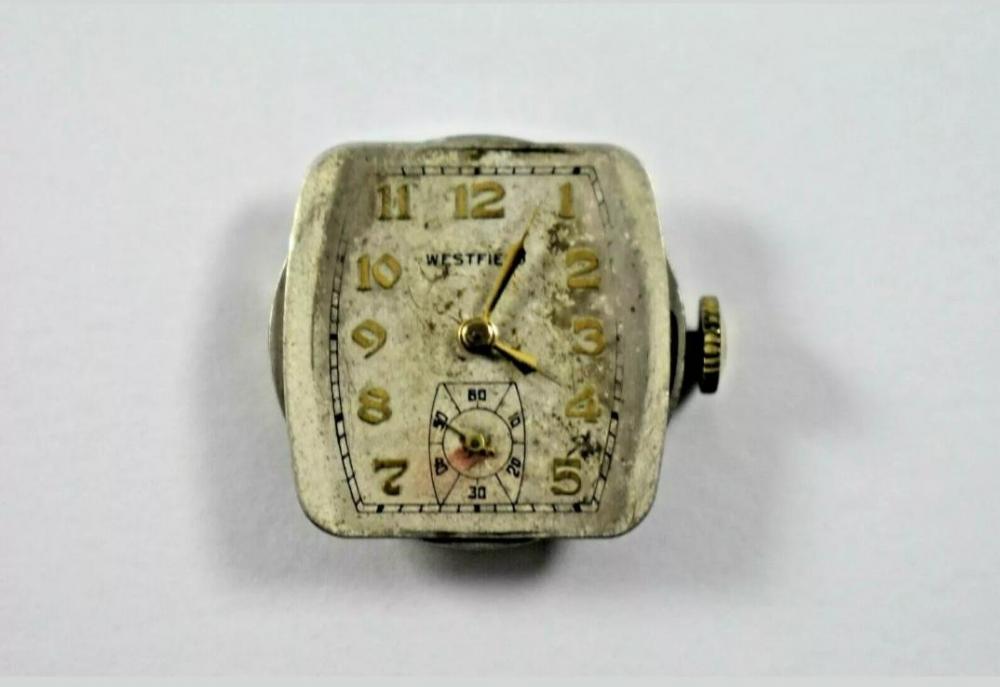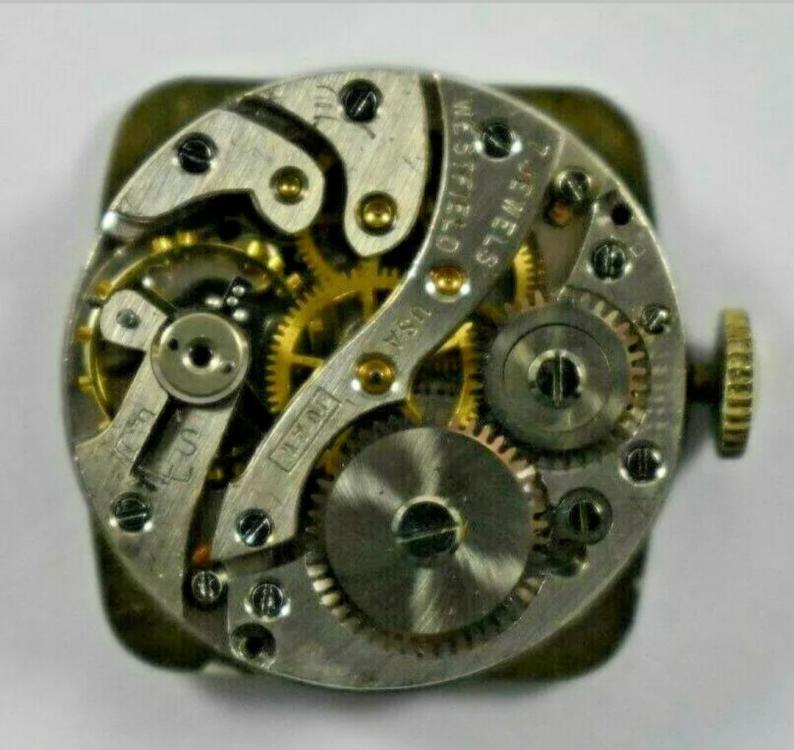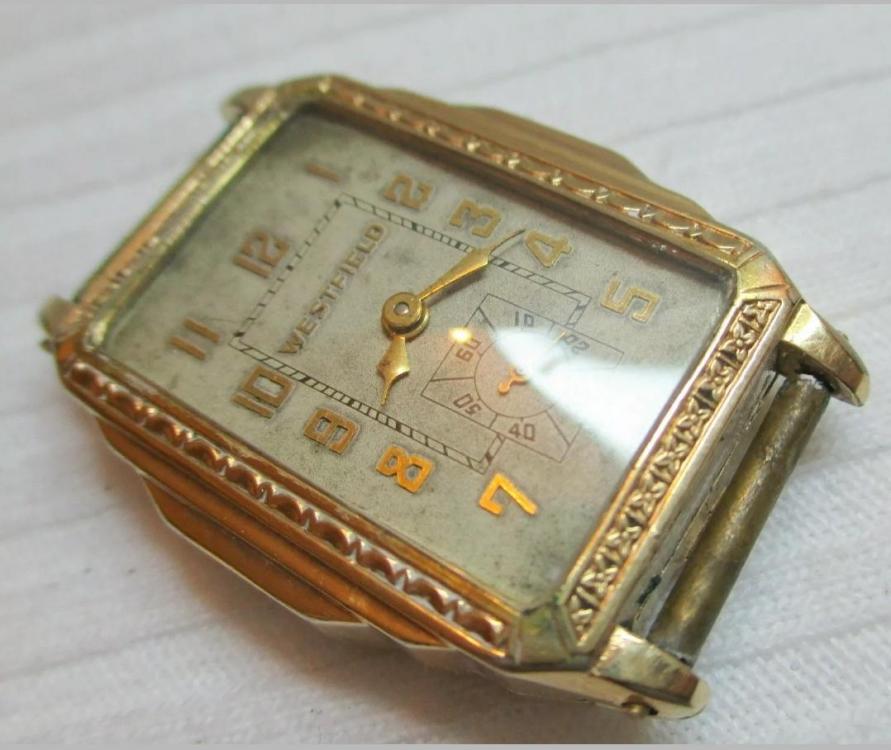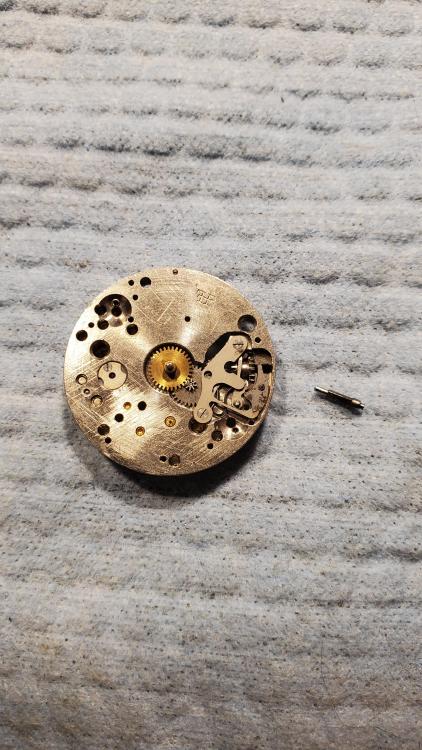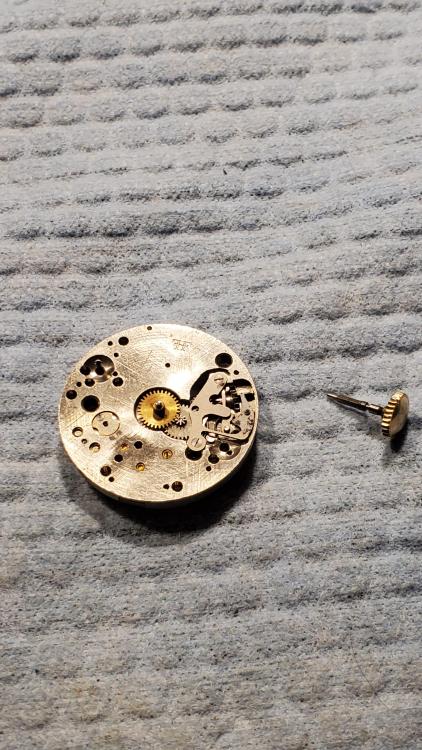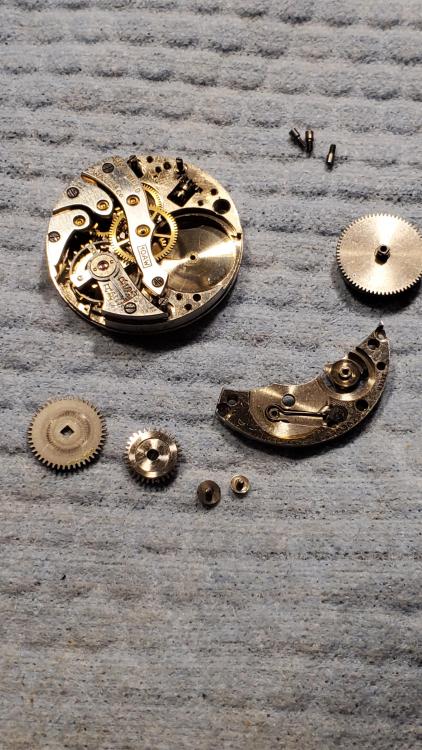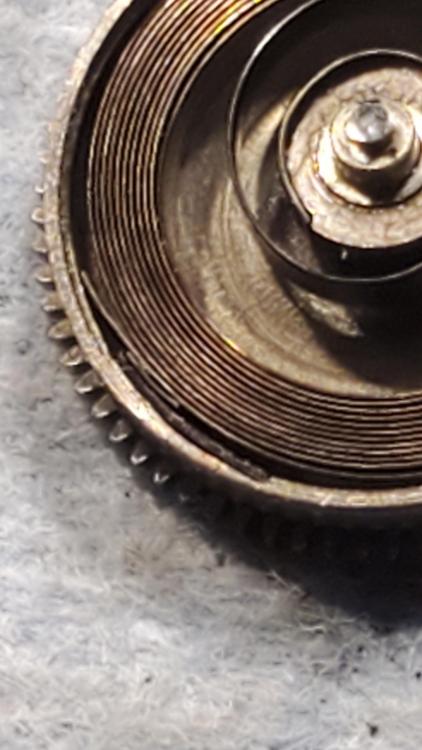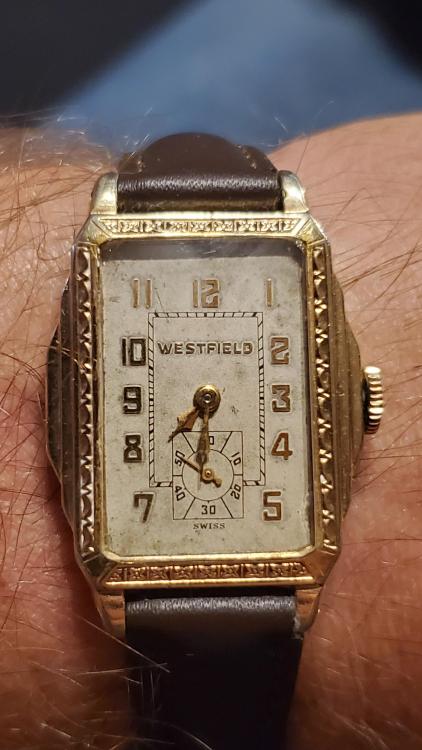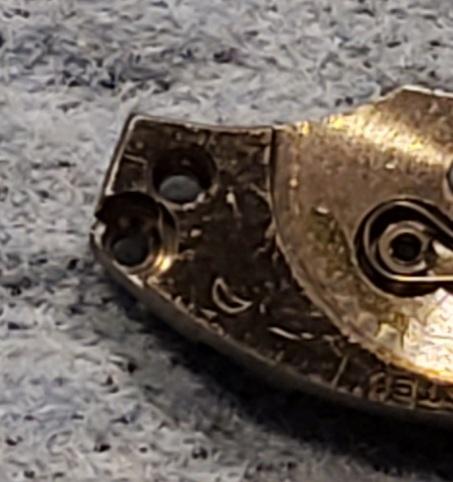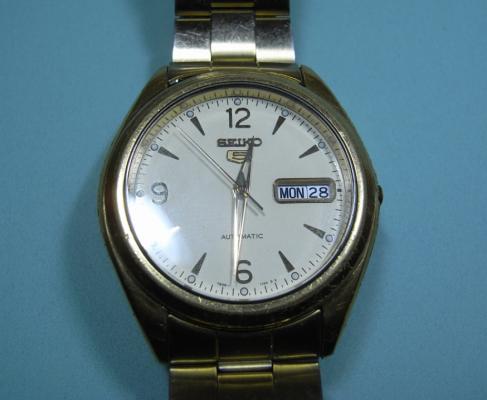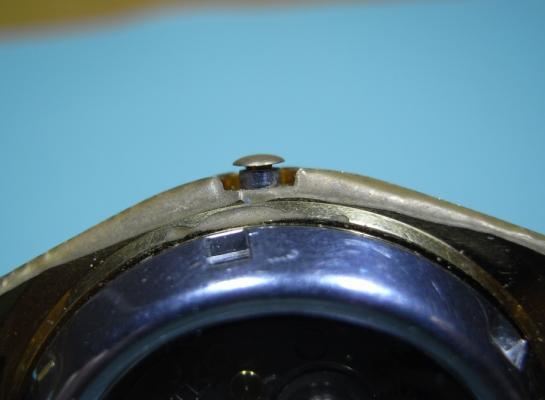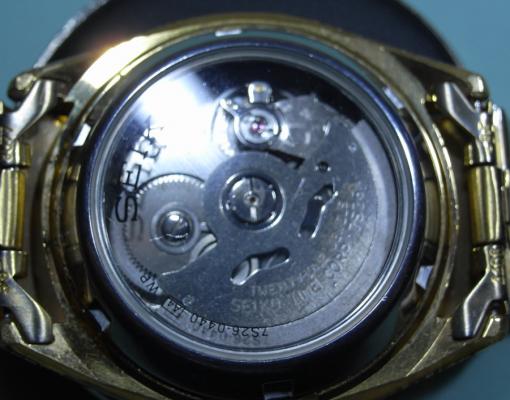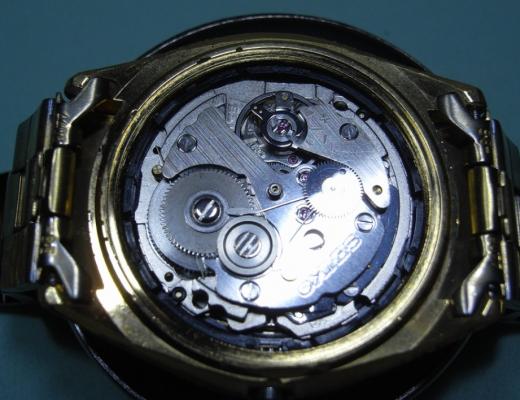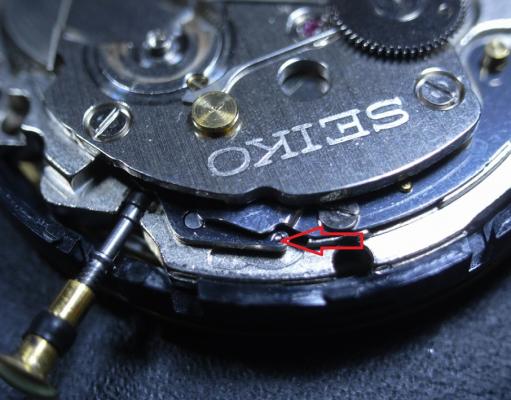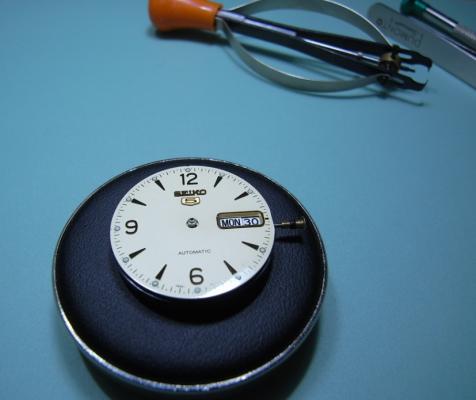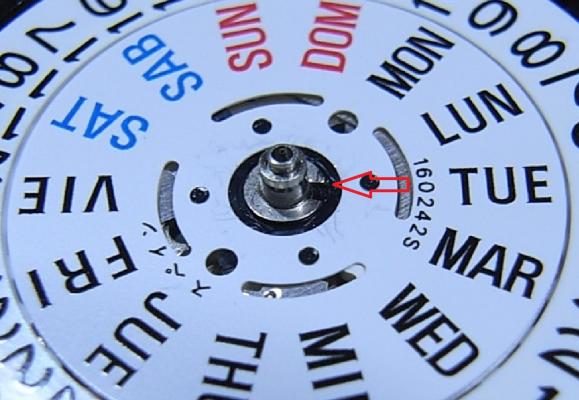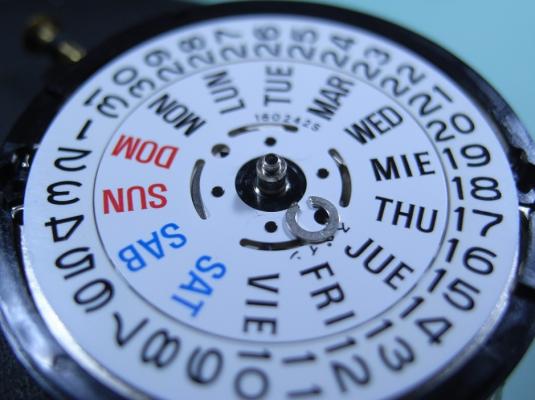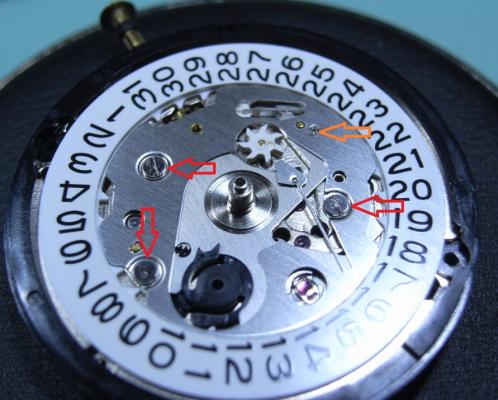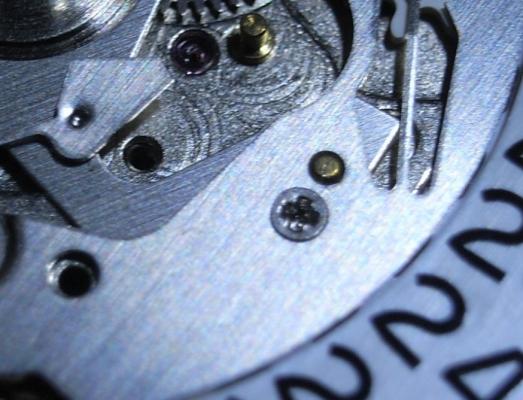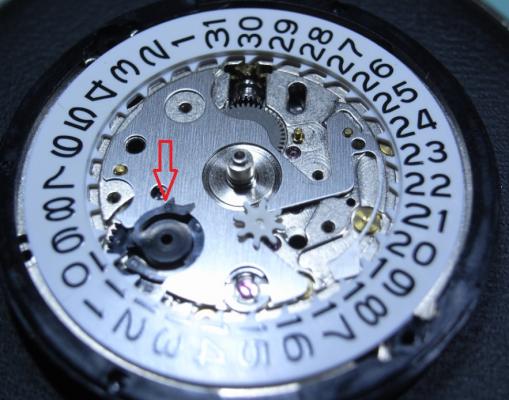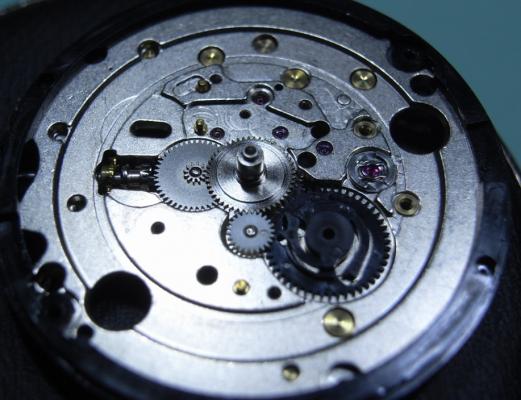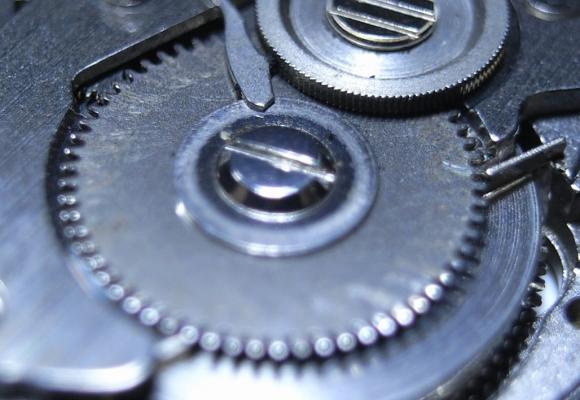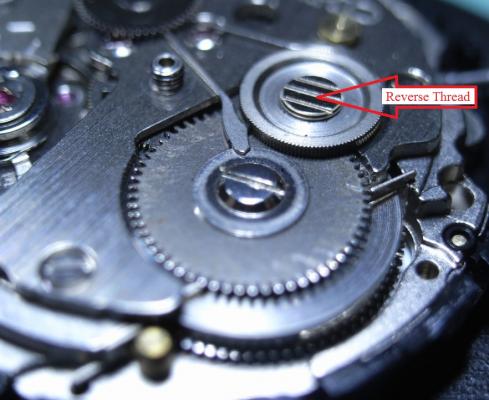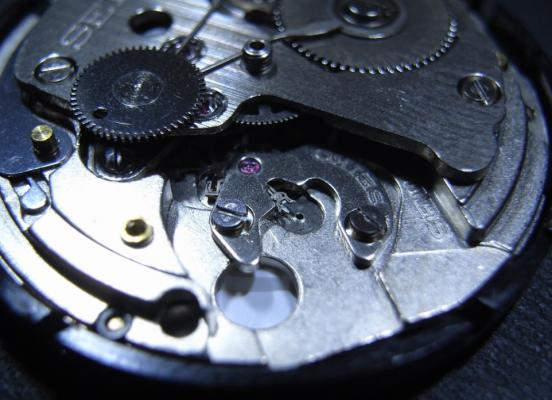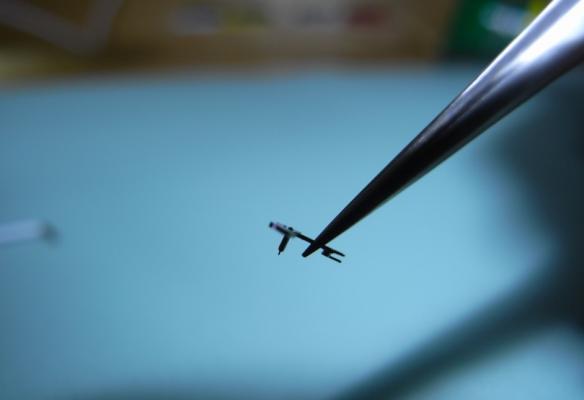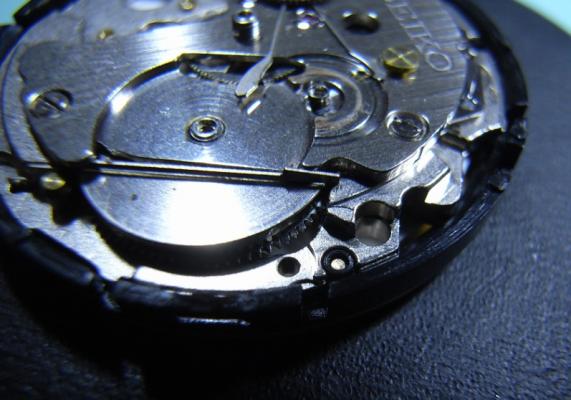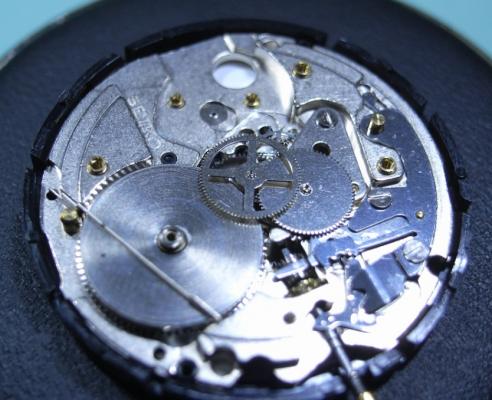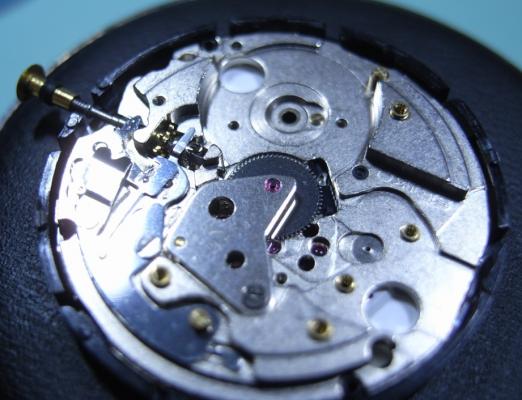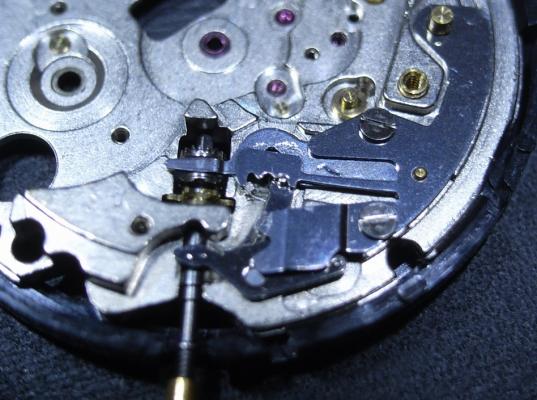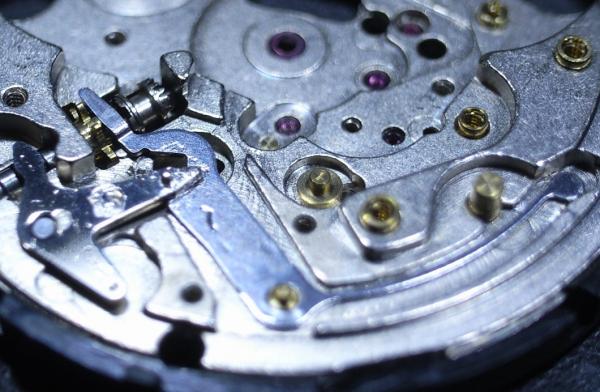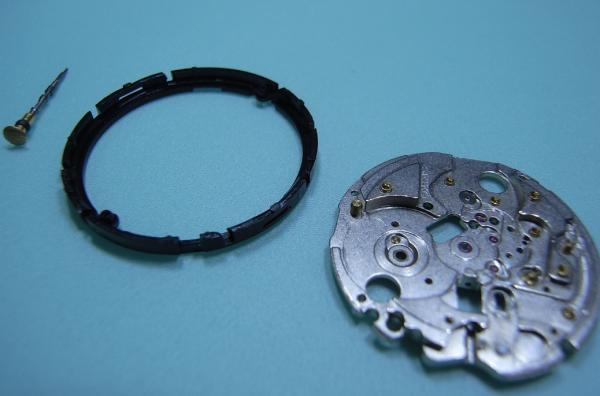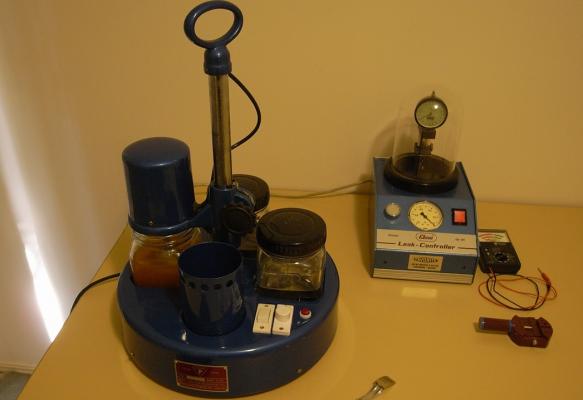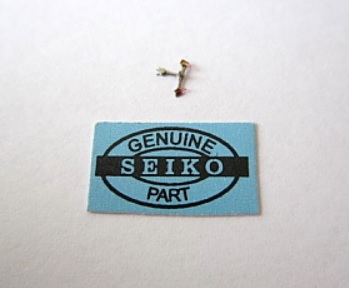Leaderboard
Popular Content
Showing content with the highest reputation on 05/01/20 in all areas
-
Hello all, This build took me 2 months to finish; mostly due to the shipments delay from Europe. But here it is. A watch designed by me. Well at least put together by me. When I decided on this project it was very important to me that I used as many Swiss components as I can. This is just a personal preference. Searching for parts I found a NOS dial that at one time were used by Ollech & Wajs. I got super excited since they were used for vintage Unitas 6497s. The movement I planned to use. Speaking of which, I took a Unitas out of an old pocket watch from the early 60s. I found the perfect case for my project in Germany. As you can read on the case, it was a swiss made case also made for the Unitas. When I placed the dial on to the movement, it did not fit exactly into the case. I literally had to grind the edges using 600 grit paper until I shed enough around the edges to finally fit the movement flush. The hands finally arrived today. I chose these German made hands aviator hands as they were open blade hands. I wanted something that would allow the black of the dial come through. The Orange added a wonderful contrast. I think it all works. A watch that looks like I paid thousands for.4 points
-
1966 14k Omega Seamaster Ref KL6746. It's my understanding that these particular C cases were made for the US market and imported by the Norman Morris Corp. The solid gold case resembles the other C style cases that made up the Constilattion line that was designed by the famed designer Gerald Genta. I have it on a period Perlon strap. Summertime!3 points
-
I've said it before, and I'll say it again for anyone new to replacing balance staffs: you don't necessarily have to re-poise the balance. In my experience, more damage is done than good when it comes to balance poising by the watchmaking community. Often balances will remain in excellent poise after re-staffing, so don't assume that it is necessary.3 points
-
Hi Daniel and thank you for your introduction, welcome to the forum. The place to start is where you began Age 5, with the Russian movements, They can be picked up off ebay for a fewpounds/Euros they are robust and should you slip up and make a mess of it there is no great financial loss. I have attached a couple of PDFs to get you started. hope ypu find them informative. Cheers tzhome2.js.download TZIllustratedGlossary.pdf3 points
-
2 points
-
Nope!! If you look at your canon pinion closely you will likely see (but not always) a divot in the tube part as indicated above. This is where the tube has been crimped to make it a tighter fit on the center wheel pinion, which is what you need to achieve. As @Jon points out though you need to ensure that you don't crush the tube so much that it no longer goes onto the center wheel pinion at all, which is where inserting a wire all the way into the canon pinion tube helps as it limits the amount that it can be crushed. The wire needs to be just a tiny fraction smaller than the tube. If it's too small then you will still squash things too far and will need to open the hole out again with a broach. Too big and you won't be able to crush it enough to make any difference. The best approach is to adjust the fit in small steps, test fitting the canon pinion each time until you are happy with the fit. You will also need to avoid crushing the tube so tightly onto the wire that you can't the extract the wire. Good luck :-)2 points
-
If you do press it too tight, you'll know, because setting the hands will be really stiff, then you'll need to broach the pipe of the canon pinion out a little to increase the size that you tightened too much2 points
-
Hi Danthepolak, I always endorse start big and start simple. The other guys here have already given you some really good advice. Russian watches are easy and cheap to come by and the watch glossary that watchweasol has posted will be invaluable to get to know what the parts are called and where they go. I always start my students on an ETA 6497 clone, which in fact is a Chinese clone of a Chinese clone. Seagull ST 36 (https://www.seagullwatchcompany.com/collections/watches/products/seagull-coffee-dial-st36-movement-mechanical-watch-819-77-5000) is a clone of this watch, then other makers cloned Seagull's clone, if that makes sense. You can pick them up for about £45-55 brand new, so no one else has been screwing around with the mechanics of it! Something like this: https://www.ebay.co.uk/itm/44mm-Corgeut-black-sterile-dial-luminous-6497-hand-winding-movement-mens-watch/124169029824?hash=item1ce90d08c0:g:FXgAAOSwGYhb59ue I've bought many off this buyer myself. If you want to buy something cheaper, just look for joblots of mechanical watches on eBay, but they'll probably will be smaller movement sizes and I find starting on something that is pocket watch size will give you more confidence to tackle other watches that are smaller later on. That's just my take on it. Once you get the bug for it, they'll be no stopping you. One thing I will advise you to stay away from are Timex and pin pallet watches. Not that I've got anything against them, far from it, it's just that you might find them frustrating to work on, as they are on the cheaper side of watch movements and working on that kind of bridge to get all those pivots lined up is a make or break moment for some. Personally, I am starting to like them.2 points
-
More likely the canon pinion needs tightening. Is the seconds hand moving normally, and how loose does the crown feel when setting the hands? It shouldn't feel too loose.2 points
-
Great watch! Far from being a lemon. I love Russian watches from that era. Beautifully made and definitely well engineered.1 point
-
Right? I think they’re pretty cool, and certainly a conversation piece. I’ve watched Mark’s video several times, and will watch it several times more. Now comes the long wait until it arrives from Russia...1 point
-
1 point
-
Hello Knut and welcome to the forum, This attachment will add to your knowledge on general watches, enjoy cheers TZIllustratedGlossary.pdf1 point
-
wls1971, thanks so much for the information and history on the movement, really fascinating. You are right the movement should have a chain, I just didn't want to go to the expense at the time. rodabod & oldhippy, More on the pendulum swing. I measured the swing at three stages of winding: 1, 7 & 14 turns on to the fusee cone. Unwound 1 turn, swing = 36mm Half wound 7 turns, swing = 32mm full wound 14 turns, swing = 30mm Sure looks like the cone does not match and equalize the properties of the spring 1 turn on cone.MOV 7 turns on cone.MOV 14 turns on cone.MOV1 point
-
The 737.183 corrector is available from Cousins UK although relatively expensive, and is the same across all version of 7S, 4R, and their SII counterparts.. Ebay is alway the best source of donor watches or mov't which will give you more parts for future repairs.1 point
-
Hi Looks a tidy watch tech sheet for the 2414 attached, have fun and enjoy cheers Wostok 2414.pdf1 point
-
1 point
-
Today I'm wearing my Sicura Satellite. It's back on my wrist after having been torn down.. Again! Trying to pin down the gremlins that kept making it stall. I think I have it sorted now, it's been running for 3 straight days and hasn't missed a beat. I fell in love with that gigantic second hand and shiny blue dial. I wish the case was stainless steel and not chrome plated base metal. It could definitely use a good polish.1 point
-
Without a doubt, the Omega 3330 setting jumper lever is different than the 7750's. The 3330 has only the one large ridge while the 7750 has 2. This means the Omega only has 2 positions because of this difference. However, the Omega changes the date via a button according to THIS thread over on Omega forums. 7750 setting jumper lever This video details that operation skip ahead to 48 seconds1 point
-
I just realized I never gave an update on this. I tried a number of other methods. The only method that worked was getting a watch screw extractor on eBay. It was cheap and did the trick! I was able to remove it and proceed with the movement disassembly. However, when reassembling I noticed the Day-date corrector meeting wheel spokes didn't look symmetrical. I picked it up and a tooth breaks off! So now I'm in search for Seiko 5 7S26B parts. Outside of eBay, the sources are very scarce due to COVID-19. To add insult to injury, my next project watch (a Volstok) is stuck in NY either in customs or USPS. May all of you projects be going well and stay safe!1 point
-
Hi to get you going Have a look at Marks Video's on UTube very good and well worth the time. Mark Lovick is his full name and the instigator of this site.1 point
-
1 point
-
Make sure you put a piece of brass wire in the canon pinion, roughly the same size as the inside diameter of the pipe, just a tad smaller, to make sure you don't crush it too small when adjusting it with nail clippers or a canon pinion tool on you staking set1 point
-
If you can find a broken or used watch based on an ETA 6497 or 6498 or a Chinese clone of that movement (Seagull ST36) it would be a good place to start. The movement is on the larger size and without many complications.1 point
-
I strip down and reassemble a cheap scrap movement , keep us posted as you go; ask any question you think may be dumb, You be knowing what you are doing before long.1 point
-
Hi Find attached a couple of publications regarding lubrication. they may be of some help to you Moebius Oil and Grease Application Chart - Leosics.co.uk.html BTI-The_Practical_Lubrication_of_Clocks_and_Watches (1).pdf1 point
-
1 point
-
I did some more research on this particular set. Euro tools is the manufacturer and this is their top graded set. I also spoke to a rep at Jules Borel and he said they are good quality for what you pay.1 point
-
Some month ago Johnnie here gave an Ingersoll Sealion that needed some care and had no bezel anymore ... It took me some time but today it's on my wrist ... Envoyé de mon moto g(7) power en utilisant Tapatalk1 point
-
1 point
-
Good morning @Inatime. My Westfield arrived yesterday and I'm already wearing it today. I wrote out a whole article on it. Please feel free to check it out. Cheers!1 point
-
Good evening everyone, hope we are all managing quarantine fever reasonably well. Today I'm going to briefly cover my 1938 Westfield Art Deco watch I recently completed. It began with an urge to acquire a nice Deco watch. I won a handsome Hamilton, but sadly the seller had lost the watch. Thankfully they refunded my money and the hunt continued. I finally came across this Westfield powered by a Bulova 10aw. The price was perfect because it was sold without a crown. I tracked down a donor movement with a crown that didn't look too ratty and purchased it as well to serve as a parts donor, wise choice as you'll see. The parts donor arrived first. It only needed a clean and lube to get it ticking away Parts donor... After a delay, the watch arrived. It looked thousand times better in hand than it did online, thankfully. It was fitted with a truly pristine Crystal that surely must be a recent replacement. The case doesn't seem to have any base metal showing through. I promptly opened the watch and lifted the dial and movement from the case. The Westfield as it arrived... A close-up of the barrel bridge showing the little crescent moon date code signifying the watch was made in 1938... Looking closely, I found that the crown and stem weren't just missing, it was broken, snapped off at the winding pinion. I removed some of the keyless works to get at the stem remnant. After fishing the piece out, I pulled the crown and stem from the donor. Winding stem switcheroo... I then attempted to give the mainspring a wind and see how the watch performed. After barely 2 turns I heard a crunching noise indicative of a broken mainspring. Thankfully the donor's was perfect. I swapped out the barrels put it back together and gave it another wind. Off the balance went and the mainspring wound smoothly and stopped at the end. Sprung spring... I put the dial and hands back on, gave the dial a light wash down to remove any excess grime. I put it all back together, added a new leather strap and here she is. Very excited to be wearing an 82 year old watch that looks this good!1 point
-
Hi for furthe information regarding seiko parts have a look at the SCWF site It is purely for seiko and they have a trading post for parts requests, There are sites in the UK obsoletewachandclockparts.com welwynwatchparts.co.uk Speedtimerkollection in europe dealing in second user parts. Hope this is some help. cheers1 point
-
1 point
-
1 point
-
Reading the following on the SEIKO DIY site Graziano linked to was a bit of a turn off: "If you are just an amateur horologist or hobbyist, then it is highly unethical, unprofessional and most likely illegal to repair other people's watches - even if they want you to do so." Being exactly that, "just a hobbyist", it feels like a pretty condescending statement, especially as it's given without any kind of explanation. Anyway, I really enjoyed how thoroughly he goes through what the various SEIKO numbers mean, and I'm sure I'll have more to learn from that site, so much appreciated Graziano. I'll consider it a complement to @Mark's excellent 7s26 videos on his YT channel.1 point
-
Seiko 7S26A Complete Service Background I have a good friend, a brother in Christ Jesus, who I've known for many years. He knows I've embarked on retraining myself for a new career in Watchmaking, and seen my first two restored watches. He told me that his old faithful Seiko 5, which he's worn everyday for 12 years, has recently had issues. Occasionally it will advance rapidly in time (up to an hour in a few seconds) and then just keep ticking away normally. I told him I'd be happy to take a look at it, and put it on my ACEtimer Timegrapher. The pattern on the screen looked like a B-52 drop in Nam (stupid me forgot to take a photo), and I told him that his watch definitely needed an inspection and service. So started my research on what the problem might be. After reading a "Practical Watchmaking", and the many forums that I've read, I was pretty sure it was the Pallet Fork ... either very dirty or damaged stones, or a broken/damaged fork pivot. So onward to the service... Disassembly One unusual aspect of this watch is the crown ... or lack there of, more to the point. I suppose since this is an automatic watch, they thought it didn't need to be wound. This watch also has a display back, so extra special care not to mark any of the plates, or damage screw heads! The first issue you'll face when working on a 7S26A Movement, is how to get the stem out! It isn't obvious at all, and there is a little trick. The crown needs to be pushed all the way in to expose the push plate (it is hidden in the other crown positions). I took this photo once the movement was out to best illustrate where to push. Remove the Hands, Dial and Oscillating Weight (2.0mm Screwdriver). Gently lever up one end of the circlip and carefully work your way around. You then should be able to raise the circlip up the length of the shaft without it pinging off. Remove the Day Wheel and the four screws holding the Date Dial Guard. (Use a 1.40mm Screwdriver, and this driver is good of all the screws from now on; bar one.) NOTE ORANGE ARROW: Seiko Special Tool needed for the 0.98mm Philipshead Screw (Part Number: S-921) I had to journey down to my nearest Seiko Distributor and grab one ... cost was AU$24.00 Here's a closer look at the troublesome screw. Remove Date Jumper, and note that the Date Drivewheel lips over the top of the plate. Remove all the motion work, and pull the Cannon Pinion Remove the tension from the Mainspring. Remove the Ratchet Wheel and the Second Reduction Wheel and Pinion. (remember the Reduction Wheel has a reverse thread) Unscrew the Balance Cock and remove the Balance. Also unscrew the Pellet Cock and remove the Pellet Fork. BINGO! Found the problem with my friends watch. The top pivot on the fork is broken. Easy fix with a replacement fork :) Remove the Barrel/Train Wheel Bridge Remove the Click, then the Barrel. Remove the Fourth Wheel, Third Wheel and Escapement. Unscrew the Centre Wheel Bridge and remove the Centre Wheel Now to the Keyless Work. Remove the Setting Lever Spring Remove the Yoke and the Setting Lever Pull the Stem out, and the Clutch and Intermediate Wheel will fall away. Lastly, pull the black plastic location ring off. ... and now it's bath time!!! I hope this has been of help to you guys. I'll post the Assembly steps in this thread tomorrow morning.1 point
-
Great reply mark. I'd like to disagree with one thing though, I don't think that 30 meters is truly safe for swimming, I think it's generally okay, but there is still a small but significant chance that a 30 meter tested watch will take on water during swimming or other intentional/prolonged submersion, I always advise my customers against swimming in their watch unless it is 50 meters resistant, call me overly cautious. But what I've just said is debated. Some professionals do promise 30 meters for swimming.1 point
-
I have a watch that has no date but it has a 28 24-2 and when I pull it out the freewheelin date indicators still there I would really love it if a video can be made on how to remove that center click I heard part number 445 from a 2801 ETA movement would do the trick can someone help me with that. Cheers0 points



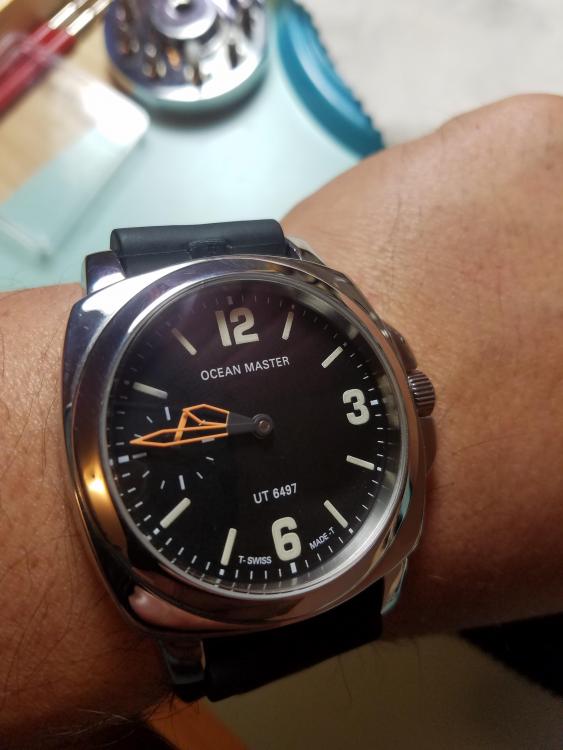
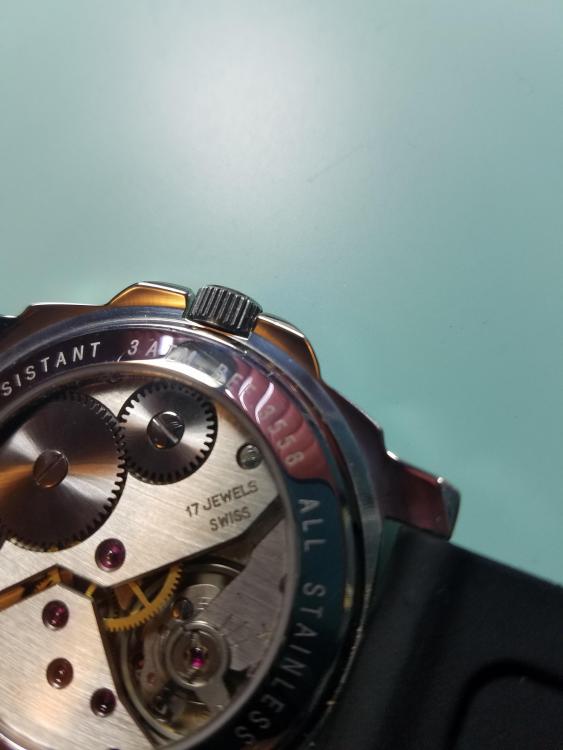
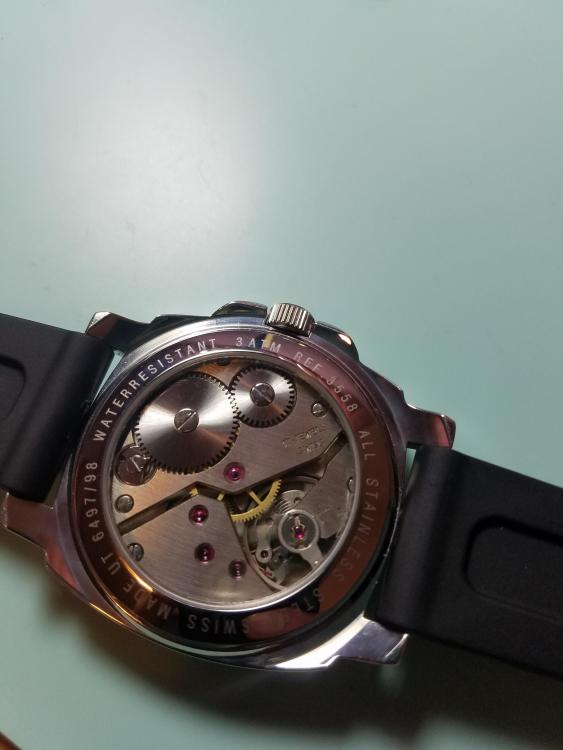
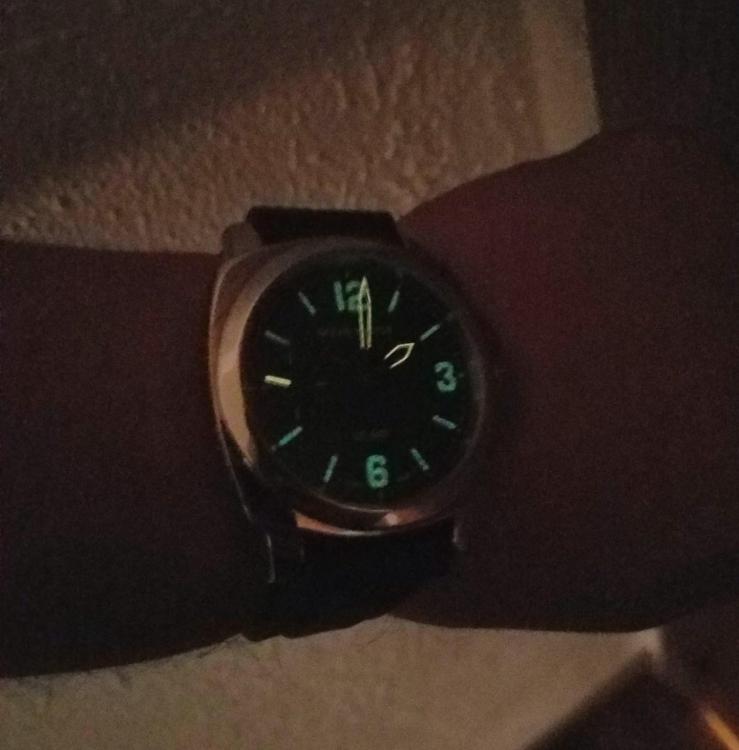
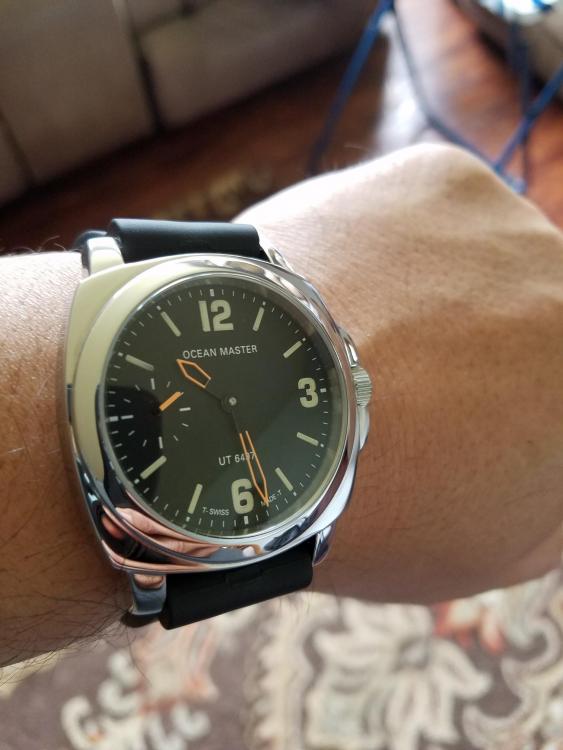
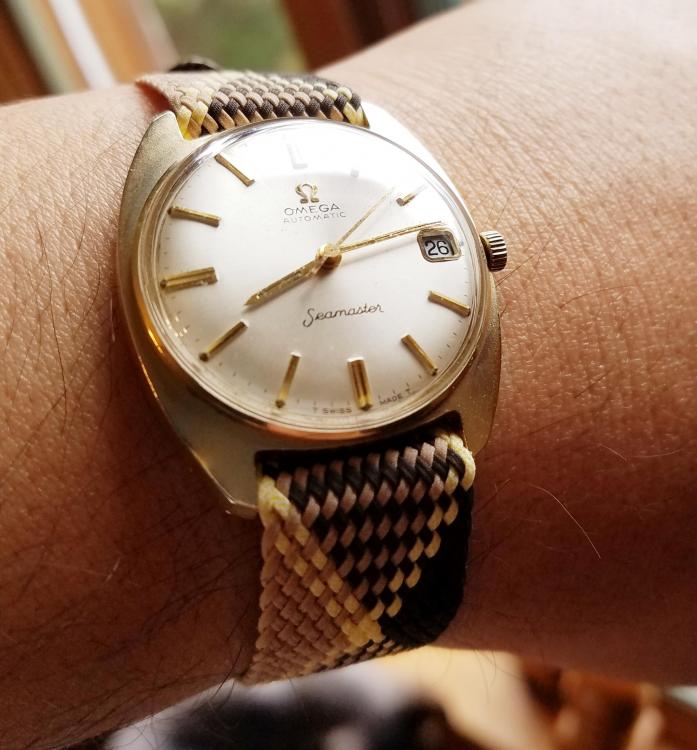


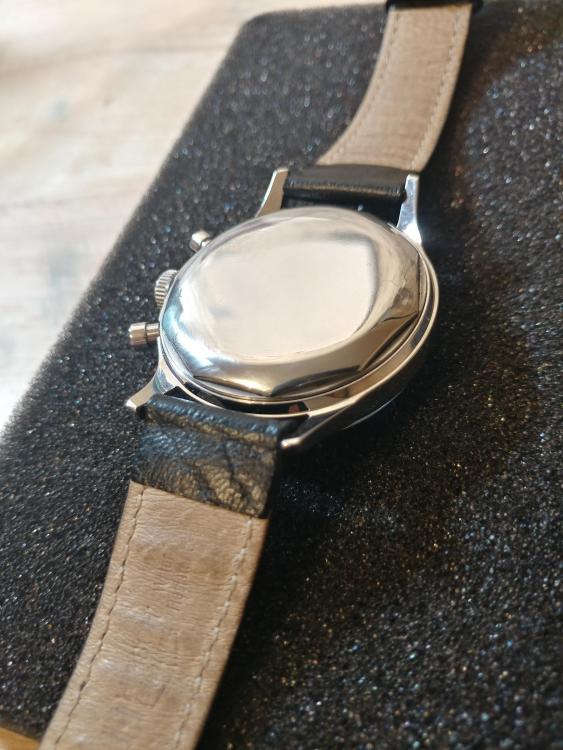
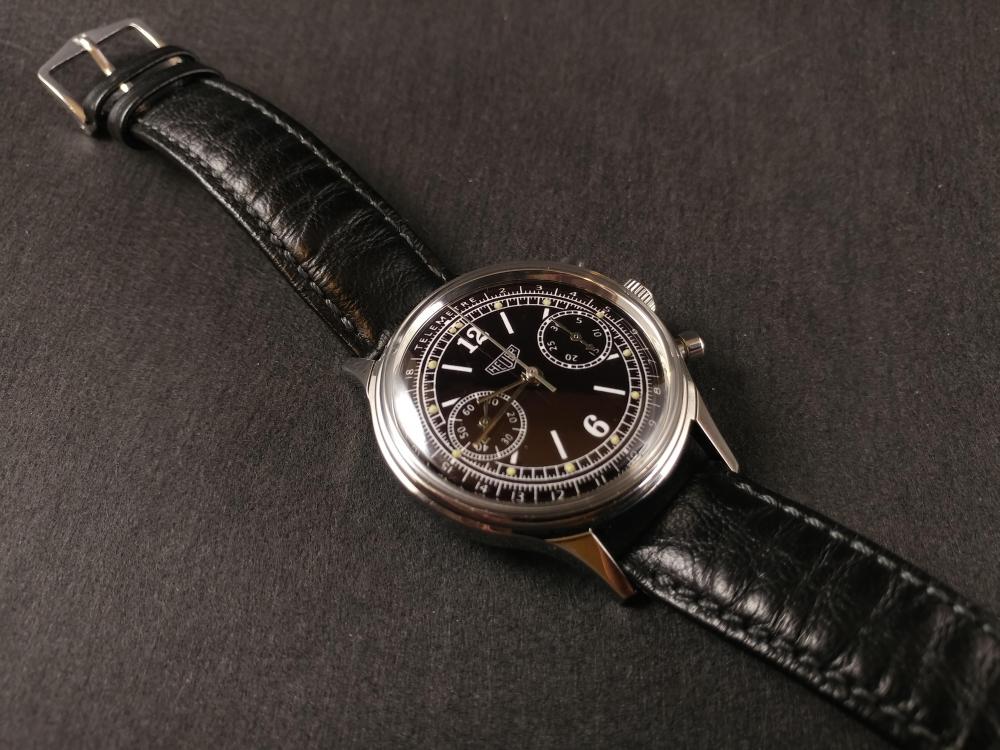
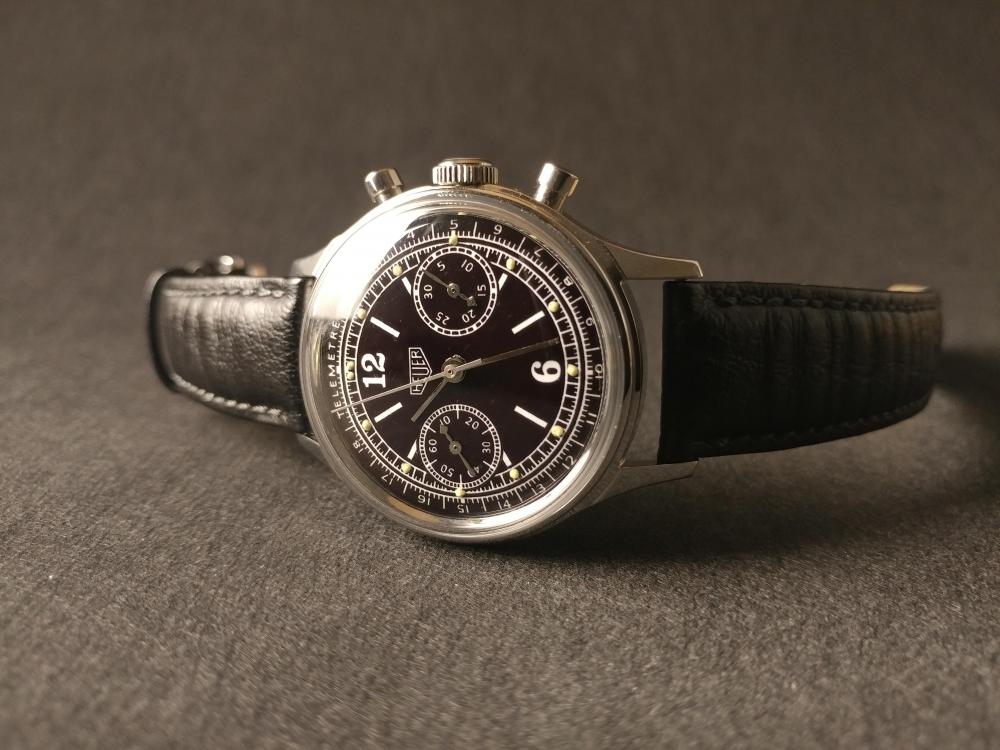
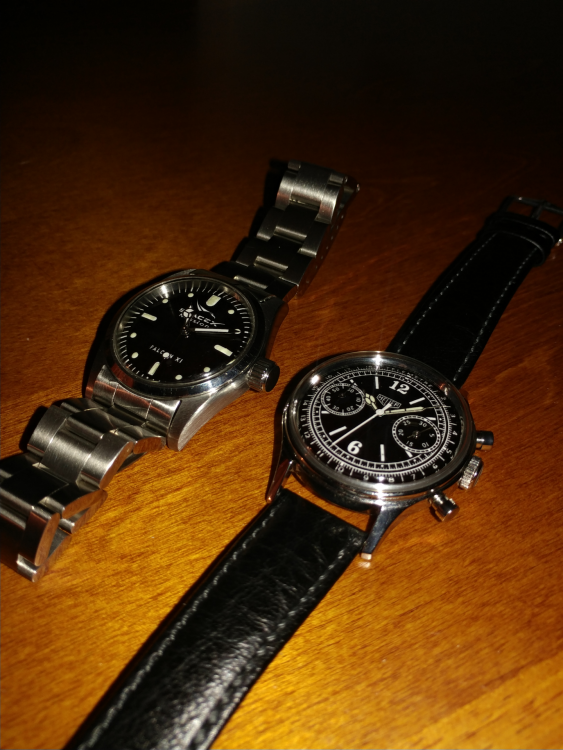

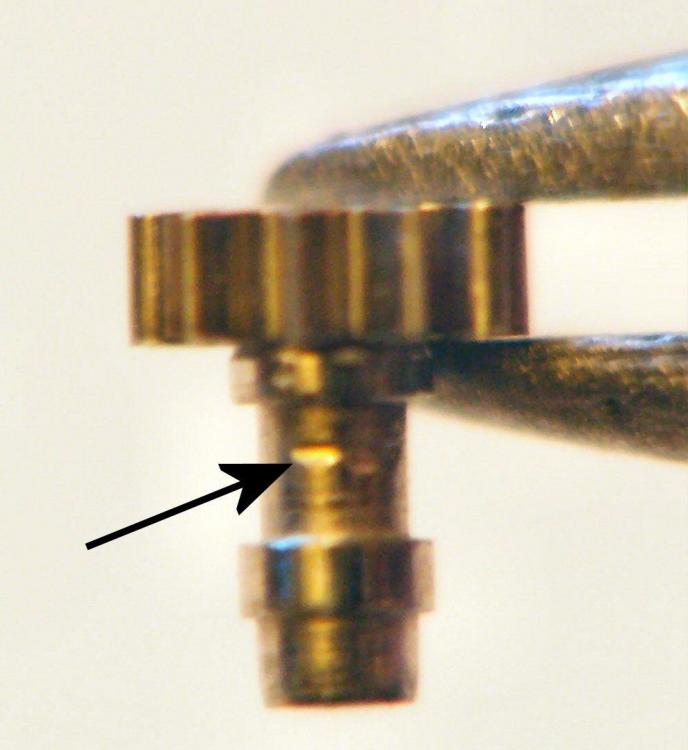




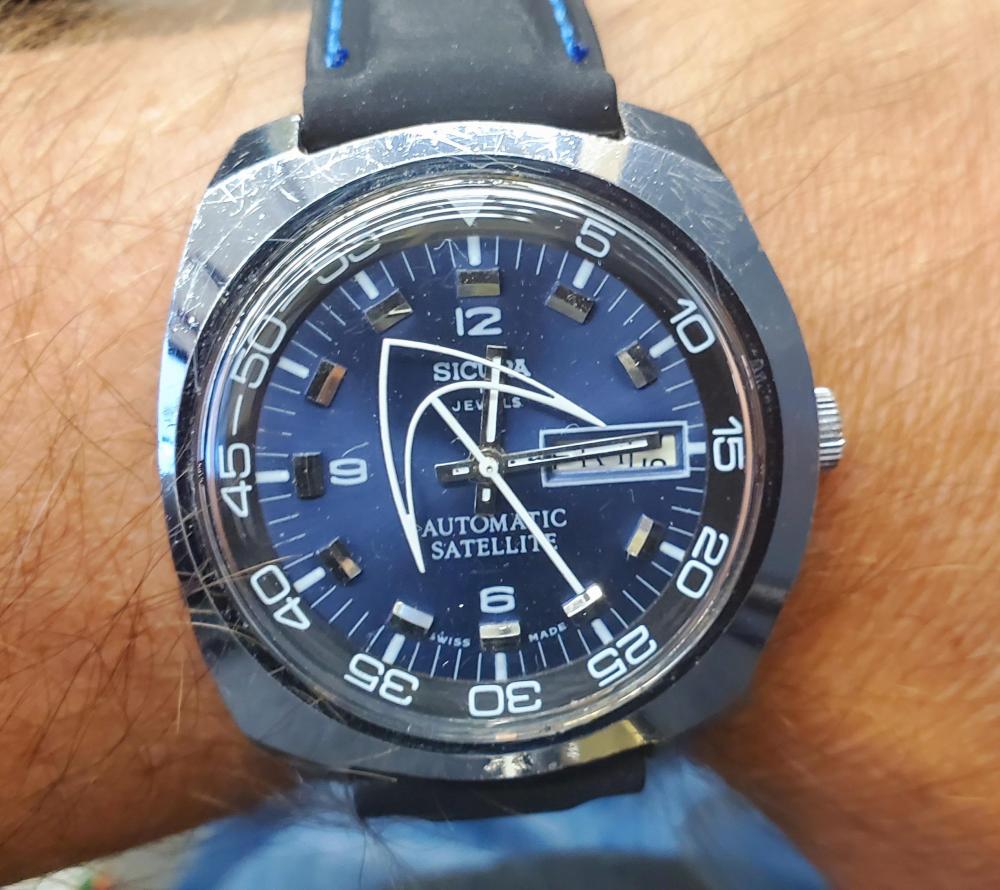
.jpg.eebccc2765a0f384d5c0ac9fca69c97b.jpg)



